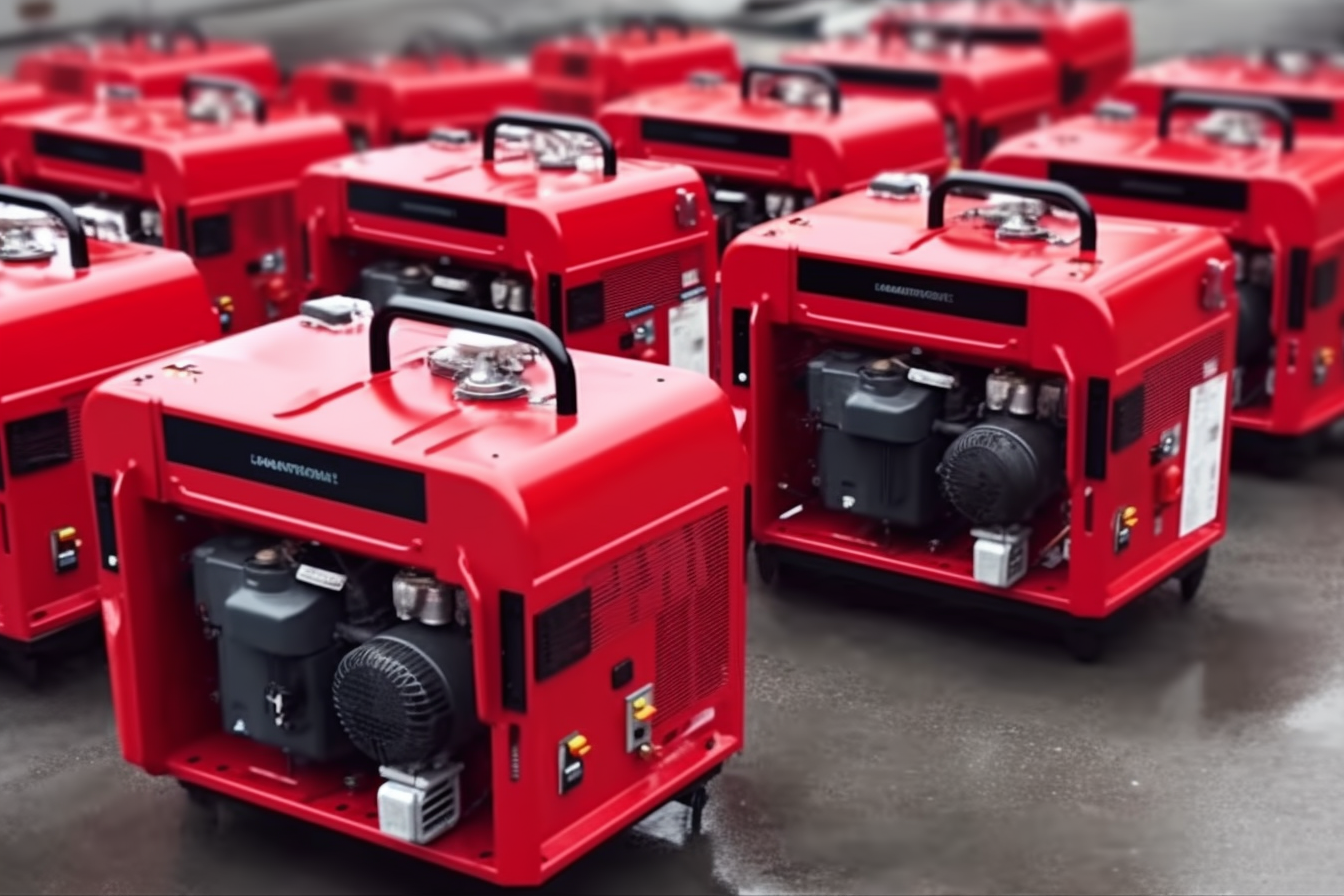Home Power Generators: Essential Guide for Backup Solutions
Power generators serve as a crucial lifeline during electrical outages, providing essential energy to keep homes functioning when the grid fails. These devices convert mechanical energy into electrical power through combustion engines, inverter technology, or renewable sources like solar. Selecting the right generator depends on specific power needs, installation requirements, and budget constraints. With increasing weather-related outages across the country, homeowners are increasingly viewing generators as necessity rather than luxury investments for maintaining comfort, safety, and continuity during unexpected power losses.

Choosing the Best Generator for Home Backup Power
Selecting an appropriate generator requires careful assessment of your power needs and property requirements. First, determine which appliances and systems are essential during an outage. Common priorities include refrigeration, heating/cooling, lighting, medical equipment, and communication devices. Calculate the total wattage needed by adding the starting and running watts of these appliances.
Generator types include portable generators, which are more affordable but require manual setup during outages and typically power only essential items; inverter generators, which produce cleaner power suitable for electronics but have limited capacity; and standby generators, which automatically activate during outages and can power entire homes. Consider fuel type options carefully—natural gas provides continuous operation without refueling, propane offers long shelf life, and diesel provides efficient performance for larger generators.
The generator’s size, measured in kilowatts (kW), should accommodate your calculated power needs with a 20% buffer for unexpected requirements. For most homes, generators ranging from 7kW to 22kW are common, depending on household size and power requirements.
Professional Generator Installation Service Considerations
While portable generators require minimal setup, permanent standby generators demand professional installation. Licensed electricians and specialized generator technicians should handle installation to ensure compliance with local building codes, proper connection to your home’s electrical system, and safe operation.
Professional installation typically includes several critical components: site assessment to determine the optimal location for the generator unit; concrete pad preparation for stable mounting; fuel line connection from your home’s natural gas supply or installation of a propane tank; installation of an automatic transfer switch—the critical component that safely disconnects your home from the grid during outages; and comprehensive system testing.
When selecting an installation provider, verify their credentials, including proper licensing, insurance, and specific experience with your chosen generator brand. Request references from previous customers and check online reviews for reliability assessments. Reputable installers will provide detailed quotes outlining all installation components, timeline expectations, and warranty information.
Understanding Standby Generator for Home Cost Factors
The total investment for a home generator system varies significantly based on several key factors. Generator capacity, measured in kilowatts, directly impacts cost—smaller 7-10kW units typically range from $2,000-$4,000, while whole-house 20kW+ systems can cost $4,500-$15,000 for equipment alone. Fuel type also affects pricing, with natural gas and propane models generally costing more upfront than gasoline units.
Installation expenses represent a substantial portion of the total investment. Professional installation typically ranges from $1,000-$5,000 depending on complexity. Additional costs may include electrical upgrades, concrete pad construction, and permits. Premium features like smart monitoring systems, enhanced weatherproofing, or extended warranties contribute to higher costs but provide valuable benefits.
| Generator Type | Capacity Range | Equipment Cost | Typical Installation | Total Investment |
|---|---|---|---|---|
| Portable Generator | 3-10kW | $500-$2,000 | $0-$500 | $500-$2,500 |
| Home Standby (Air-Cooled) | 8-20kW | $2,500-$5,000 | $1,000-$3,500 | $3,500-$8,500 |
| Home Standby (Liquid-Cooled) | 20-48kW | $5,000-$15,000 | $3,000-$5,000 | $8,000-$20,000 |
Prices, rates, or cost estimates mentioned in this article are based on the latest available information but may change over time. Independent research is advised before making financial decisions.
Long-term operating costs include fuel consumption, regular maintenance service (typically $200-$300 annually), and potential repairs. Many homeowners find that generator investments increase property values and may qualify for insurance discounts due to reduced risk of property damage during outages.
Preparing for a Generator for Power Outage Scenarios
Effective preparation ensures your generator performs optimally when needed most. Create a comprehensive power outage plan that includes generator startup procedures, fuel storage guidelines, and appliance prioritization. For portable generators, practice the setup process before an actual emergency to ensure familiarity with all steps.
Fuel management is essential—standby generators connected to natural gas lines don’t require storage, but propane tank levels should be monitored regularly. For portable units, store gasoline safely in approved containers with fuel stabilizer added. Calculate fuel consumption rates based on expected load to maintain adequate supplies.
Consider installing a transfer switch even for portable generators to eliminate dangerous extension cord arrangements. This allows safer connection to your home’s electrical panel. For maximum readiness, implement a seasonal maintenance schedule, test-run your generator monthly, and keep essential spare parts on hand, such as oil filters and spark plugs.
Generator Safety and Maintenance Requirements
Safe generator operation requires strict adherence to important guidelines. Always operate generators outdoors in well-ventilated areas, at least 20 feet from doors and windows, to prevent carbon monoxide poisoning. Install carbon monoxide detectors in your home as an additional safety measure. Never refuel a running or hot generator, and always allow it to cool before adding fuel.
Regular maintenance ensures reliable operation and extended equipment life. For standby generators, schedule professional service annually, including oil/filter changes, spark plug replacement, battery testing, and fuel system inspection. Portable generator maintenance should include regular oil changes (typically every 50-100 hours of operation), air filter cleaning or replacement, spark plug inspection, and fuel system maintenance.
Follow the manufacturer’s recommended maintenance schedule precisely, as neglect can void warranties and lead to premature equipment failure. Keep detailed maintenance records to track service history and anticipate future needs. Many modern generators offer remote monitoring capabilities that alert you to maintenance requirements or potential problems before they cause system failure.
By understanding these essential aspects of home generators, you can make informed decisions about protecting your home and family during power disruptions, ensuring comfort, safety, and peace of mind regardless of grid reliability.




